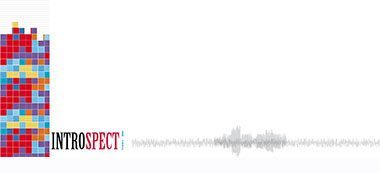Grégor Marchand, Doctor HDR, Research Director at CNRS, Bronze Medal of CNRS (2006), heads the Archeosciences Laboratory of the University of Rennes 1 / CNRS, a component of the UMR 6566 CReAAH.
His research concerns the prehistoric societies of the late Pleistocene and Holocene, on the Atlantic coast of Europe (France, Spain, Portugal). By analyzing the technical traditions involved in the manufacture of stone tools, he was able to establish several historical scenarios, which concern both the end of glacial times and the development of the first agro-pastoral societies. The questions related to the functioning of these societies and their evolution is now at the center of its work, carried out in collaboration with numerous paleo-environments specialists. Since 1994, he has been responsible for twenty-five archaeological excavations in the west of France. Grégor Marchand is in charge of several international research programs, he has published 5 books and more than 100 scientific articles.
